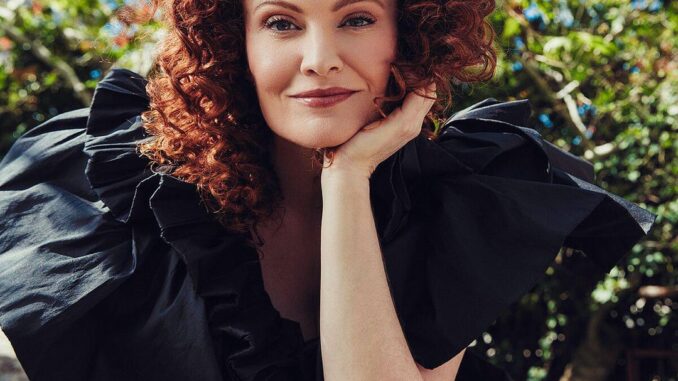
The Shifting Sands of Sasappis: The Toughest Makeup Challenge on "Ghosts"
"Ghosts," the delightful CBS sitcom, thrives on the vibrant personalities and distinct appearances of its spectral residents. From Alberta’s dazzling flapper style to Thorfinn’s Viking grit, each ghost boasts a look meticulously crafted by the show's makeup and hair department. Yet, behind the scenes, one character presents a particularly formidable challenge to maintaining visual consistency: Román Zaragoza's Sasappis. While other ghosts have relatively static appearances tied to their era of death, Sasappis, the Lenape Native American, faces a complex dance between historical accuracy, nuanced storytelling, and the ever-present need to avoid harmful stereotypes. This delicate balance makes his makeup the toughest to consistently navigate on "Ghosts."
The crux of the challenge lies in representing Sasappis' heritage with respect and authenticity. He is not merely a caricature of a Native American; he is a complex individual with a rich cultural history that must be reflected in his appearance. Unlike Alberta, whose makeup can lean into the glamour and trends of the 1920s, or Trevor, whose missing pants are a constant comedic touchstone, Sasappis' appearance requires a continuous negotiation between historical fact and modern sensibility. His long braids, often adorned with feathers or beads, are not simply decorative; they are a visual representation of his cultural identity. Ensuring these details are accurate, appropriate, and contribute to the overall character arc, rather than becoming a static, tokenistic representation, is a constant uphill battle.
One particular area where consistency becomes paramount is the depiction of facial paint or markings. While not a constant feature, these markings, when present, can be incredibly powerful in conveying specific messages about Sasappis' emotional state, connection to his heritage, or even his participation in certain rituals. However, the line between respectful representation and cultural appropriation is incredibly thin. The makeup artists must be vigilant in researching the specific symbolism and context of any such markings, ensuring they are authentic to the Lenape people and contribute to the narrative in a meaningful way. A misstep in this area could not only offend viewers but also perpetuate harmful stereotypes that the show actively tries to subvert.
Furthermore, the makeup department must also consider the evolution of Sasappis' character throughout the series. As he interacts with the living and the other ghosts, he gradually sheds some of his initial stoicism and becomes more open to expressing his emotions. This inner transformation should be subtly reflected in his appearance. Perhaps a loosening of his braids, a slight alteration in his expression through subtle makeup techniques, or even a deliberate choice to forego certain adornments can signify his emotional journey. However, this evolution must be gradual and consistent, avoiding drastic shifts that could feel jarring or inauthentic to the established character. The challenge lies in showing growth without erasing his core identity or falling into tropes of the “noble savage” who assimilates to modern society.
Finally, the practical challenges of a television production contribute to the difficulty of maintaining consistency. The show is shot out of sequence, with scenes filmed based on logistics rather than chronological order. This means the makeup team must meticulously track Sasappis' appearance across different episodes, ensuring continuity in his hairstyle, facial features, and any specific details like scars or markings. Coordinating with the costume and hair departments is crucial, as each element contributes to the overall visual narrative. The makeup department must also be prepared to adapt to unexpected changes, such as weather conditions or script revisions, while maintaining the integrity of Sasappis' appearance.
In conclusion, while all the ghosts of Woodstone Manor present their own unique makeup challenges, Sasappis faces the most complex and demanding task. The need for historical accuracy, cultural sensitivity, and nuanced character development, coupled with the practical constraints of television production, makes maintaining consistency in his appearance a constant balancing act. Román Zaragoza’s nuanced performance provides a solid foundation, but it is the dedication and meticulous attention to detail of the makeup team that truly brings Sasappis to life, allowing him to be a compelling and authentic representation of his heritage while navigating the absurdities of his afterlife. The weight of responsibility to represent his culture respectfully makes Sasappis' makeup the most challenging and ultimately, one of the most rewarding aspects of "Ghosts."
